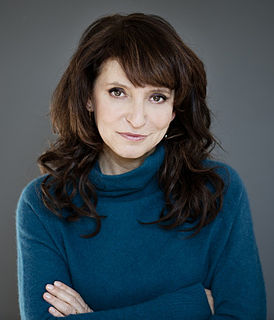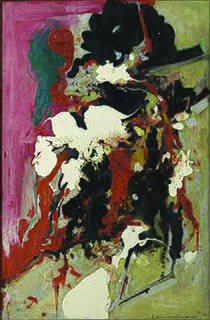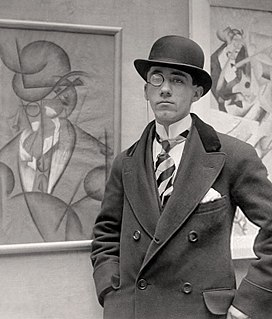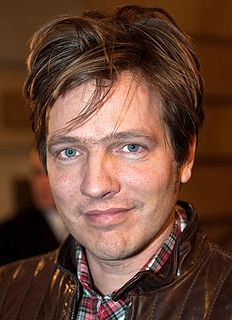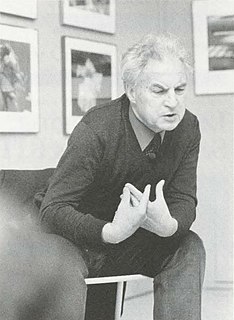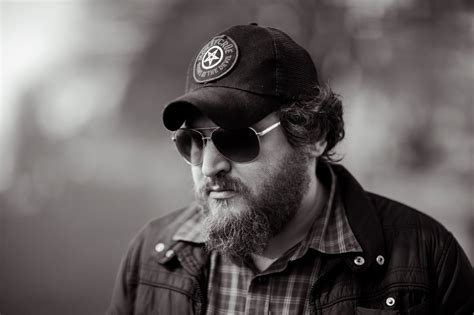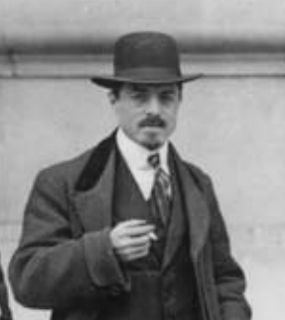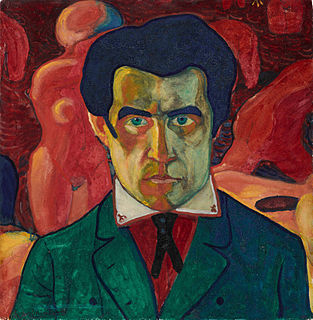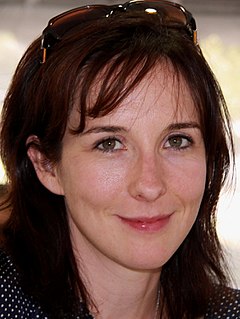A Quote by Susanne Bier
For me, grief is a static thing, and my movies have an extremely dynamic sort of movement.
Related Quotes
It should also be born in mind that the research on 'movement' and the dynamic outlook on the world, which were the basis of Futurist theory, in no way required one to paint nothing but speeding cars or ballerinas in action; for a person who is seated, or an inanimate object, though apparently static, could be considered dynamically and suggest dynamic forms. I may mention as an example the 'Portrait of Madame S.' (1912) and the 'Seated Woman' (1914).
I think Dogme was inspiring for quite a few peoples and sort of started a digital movement. Personally, I found it extremely uplifting and fantastic making Dogme movies, but I felt I completed it with 'The Celebration.' I think that was the end of the road on Dogme for me. It was as far as I could go.
To express dynamic motion through a static moment became for me limited and unsatisfactory. The basic idea was to liberate myself from this old concept and arrive at an image in which the spectator could feel the beauty of a fourth dimension, which lies much more between moments than within a moment. In music one remembers never one tone, but a melody, a theme, a movement. In dance, never a moment, but again the beauty of a movement in time and space.
How can there be methods and systems to arrive at something that is living? To that which is static, fixed, dead, there can be a way, a definite path, but not to that which is living. Do not reduce reality to a static thing and then invent methods to reach it. ...Truth has no path. Truth is living and, therefore, changing. It has no resting place, no form, no organized institution, no philosophy. When you see that, you will understand that this living thing is also what you are. You cannot express and be alive through static, put-together form, through stylized movement.
I think what I was unconsciously expressing in 'Black Rainbow' was a very abstract and metaphorical grief, in the way I had suppressed my grief about my mother dying. In retrospect I realise I started writing 'Mandy' as a sort of antidote to that, to sort of express those emotions, to purge that grief.
The interesting thing about grief, I think, is that it is its own size. It is not the size of you. It is its own size. And grief comes to you. You know what I mean? I’ve always liked that phrase “He was visited by grief,” because that’s really what it is. Grief is its own thing. It’s not like it’s in me and I’m going to deal with it. It’s a thing, and you have to be okay with its presence. If you try to ignore it, it will be like a wolf at your door.
When we talk of architecture, people usually think of something static; this is wrong. What we are thinking of is an architecture similar to the dynamic and musical architecture achieved by the Futurist musician Pratella. Architecture is found in the movement of colours, of smoke from a chimney and in metallic structures, when they are expressed in states of mind which are violent and chaotic.
It sounds really corny but every film that you do is its own journey, it's its own experience, it's its own thing. Often you think it's going to be one way and then it goes another way - you think you can chart a character and then other things happen. That's the amazing thing about our jobs, it's constantly changing and it's extremely dynamic and you therefore have to be dynamic as well.
Television has never known what to do with grief, which resists narrative: the dramas of grief are largely internal - for the bereaved, it is a chaotic, intense, episodic period, but the chaos is by and large subterranean, and easily appears static to the friendly onlooker who has absorbed the fact of loss and moved on.
